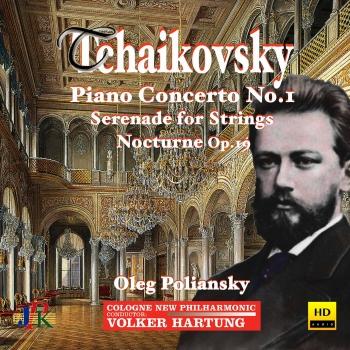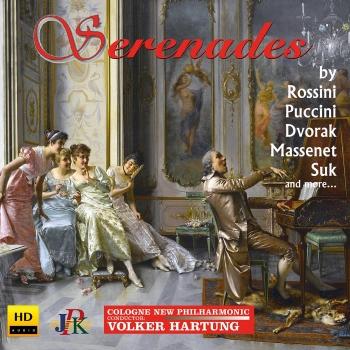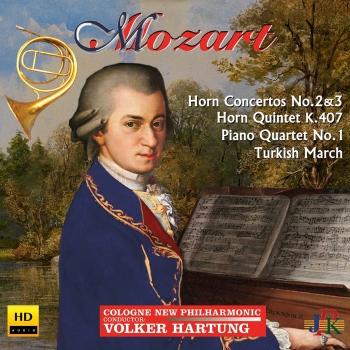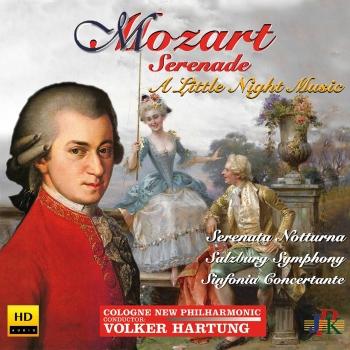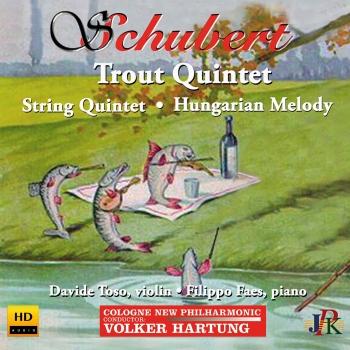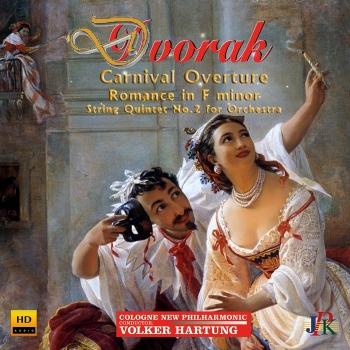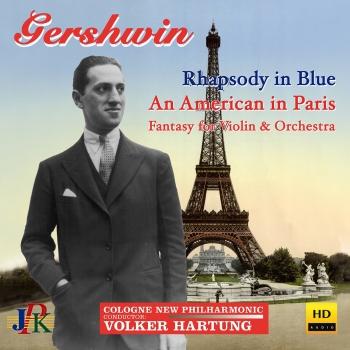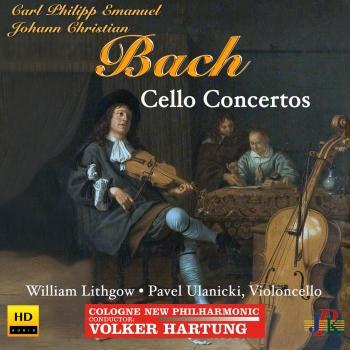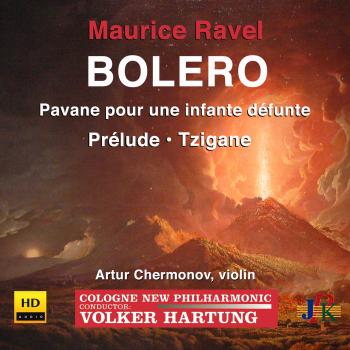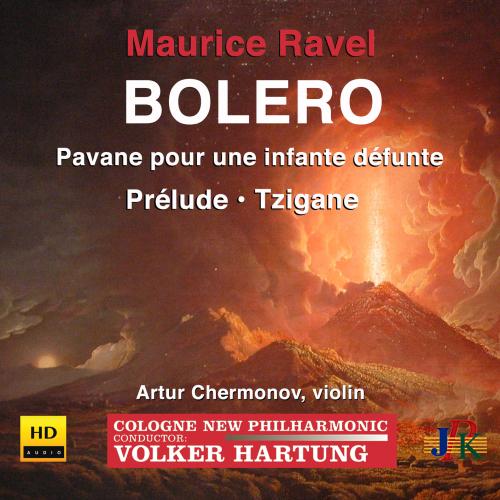
Ravel: Bolero, Tzigane, Pavane Cologne New Philharmonic Orchestra & Volker Hartung
Album info
Album-Release:
2024
HRA-Release:
01.11.2024
Label: JPK Musik
Genre: Classical
Subgenre: Orchestral
Artist: Cologne New Philharmonic Orchestra & Volker Hartung
Composer: Maurice Ravel (1875-1937)
Album including Album cover Booklet (PDF)
- Maurice Ravel (1875 - 1937): Boléro:
- 1 Ravel: Boléro 18:47
- Prélude (arranged for orchestra):
- 2 Ravel: Prélude (arranged for orchestra) 01:31
- Pavane pour une infante défunte:
- 3 Ravel: Pavane pour une infante défunte 05:58
- Tzigane:
- 4 Ravel: Tzigane 10:44
Info for Ravel: Bolero, Tzigane, Pavane
The Bolero is a commissioned work. At the end of 1927, Ravel, who had long been internationally famous, had just completed his Sonata for Violin and Piano and was about to embark on a four-month concert tour of the United States and Canada when his friend and patron Ida Rubinstein, the former muse of Diaghilev's Ballets Russes, asked him to perform a „ballet of Spanish character" that she wanted to perform with her troupe at the end of 1928. ...
Tzigane is a concert rhapsody for violin and orchestra (with one movement) composed by Maurice Ravel in 1924. The work references M.76 in the catalog of the composer's works established by the musicologist Marcel Marnat. „A piece of virtuosity in the taste of a Hungarian rhapsody," said Ravel about his fabulous work. Extremely arduous, it is one of the pieces in the violin repertoire that requires the most virtuosity. The composition consists of a single movement lasting about 10 minutes. The first part is composed entirely for solo violin and is conceived as an improvisation on gypsy themes. In the second part, the very timbre-rich accompaniment by the Luthéal or orchestra begins. It was after hearing the Hungarian violinist Jelly d'Arányi (Joseph Joachim's great-niece) and Béla Bartók premiered the Hungarian composer's Sonata for Violin and Piano No. 1 in London in 1922 that Ravel decided to compose Tzigane for the violinist.
Pavane pour une infante défunte (Pavane for a Deceased Princess) is a six-minute impressionist piano piece. Ravel composed it in 1899 during his studies under Gabriel Fauré at the Conservatoire de Paris, and it is thus one of his early works. He dedicated the work to his patron Winnaretta Singer, the „Princess of Polignac," who ran a sophisticated Parisian salon where Ravel often stopped during his student days. In 1910, more than a decade later, he published another version of the piece for orchestra. Ravel himself described the piece as „a memory of a pavane that a little princess might have danced at the Spanish court in ancient times"; it is „not a mourning lament for a dead child, but an idea of a pavane as it was perhaps danced by such a little princess in a painting by Velázquez." Later, however, he explained that he ultimately chose the title solely because of the assonance.
Artur Chermonov, violin
Cologne New Philharmonic Orchestra
Volker Hartung, conductor
No biography found.
Booklet for Ravel: Bolero, Tzigane, Pavane















